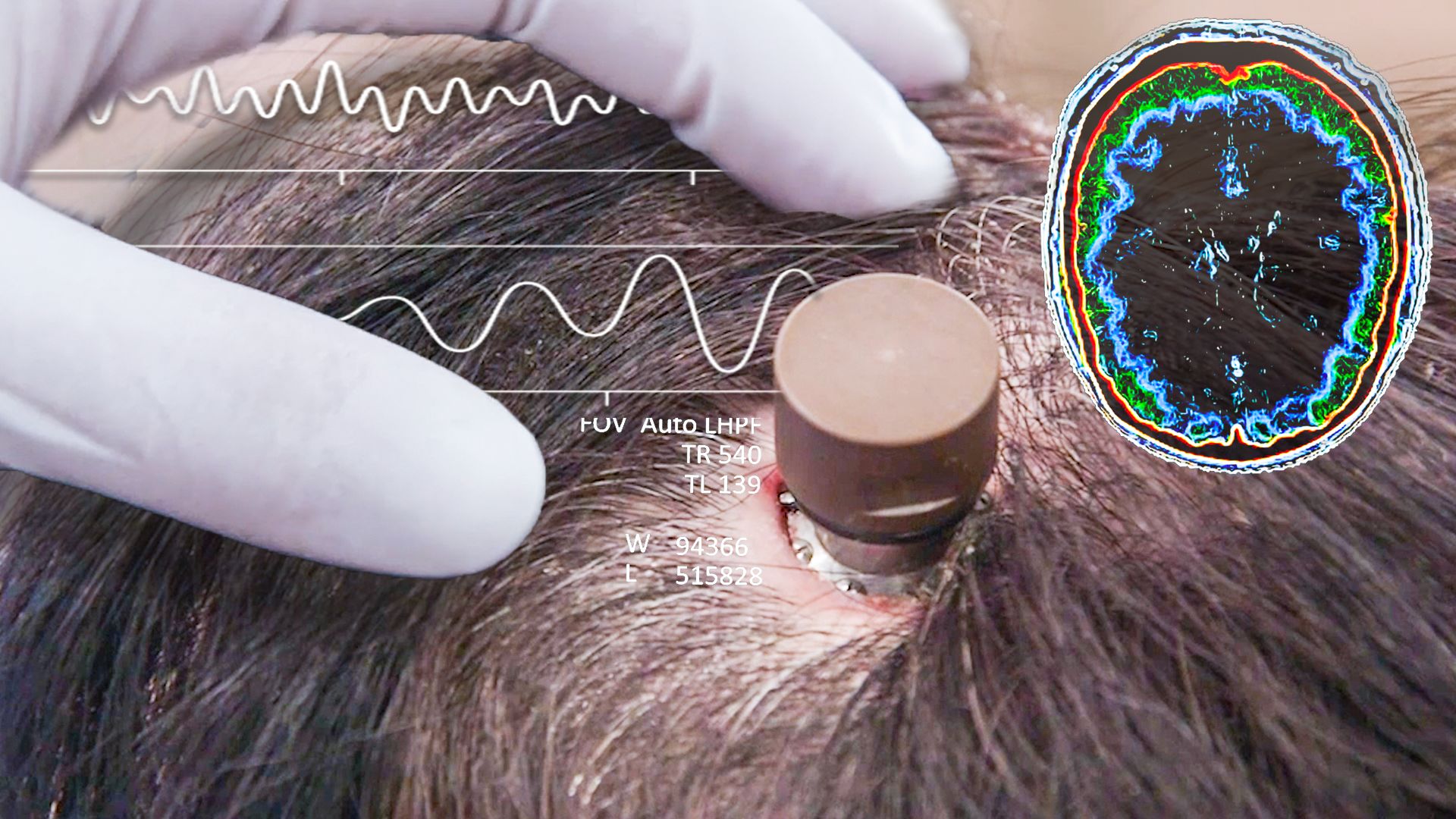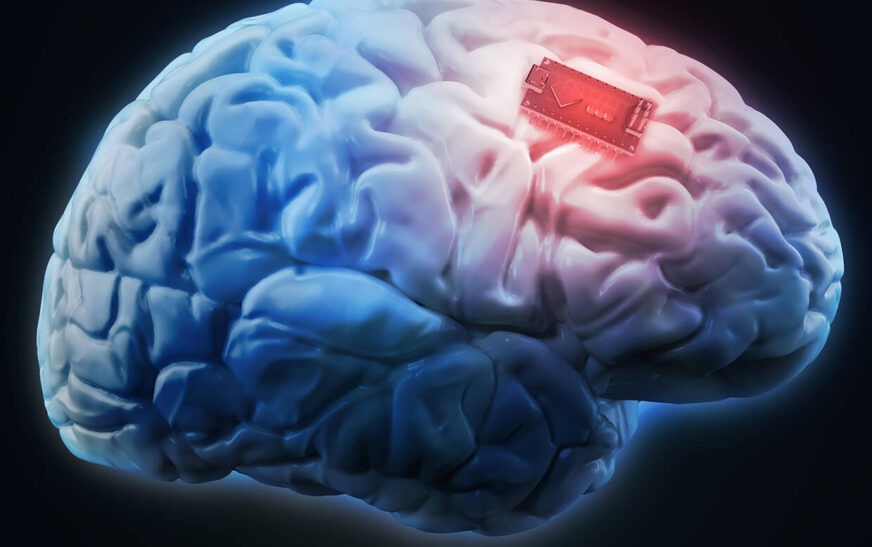Introduction to Neural Implants
Imagine a world where the boundaries between your brain and technology blur seamlessly. This is not science fiction; it’s the reality being shaped by neural implants.
These groundbreaking devices are revolutionizing how we interact with computers, creating new possibilities for communication, mobility, and even thought itself. As advancements in neuroprosthetics surge forward, they offer hope to those with disabilities while raising intriguing questions about human enhancement.
With each leap in innovation, we’re stepping closer to a future where our brains can interface directly with machines—enabling extraordinary capabilities that were once unimaginable. Are you ready to explore what this means for humanity?

How do Neural Implants Work?
Neural implants function by establishing a direct connection between the brain and external devices. These sophisticated interfaces translate neural signals into commands that machines can understand.
Tiny electrodes are embedded in specific regions of the brain. They detect electrical impulses generated by neurons during various activities, such as movement or thought processes.
Once these signals are captured, they undergo processing through algorithms designed to interpret their meaning accurately. The processed data is then relayed to an external device, enabling it to respond accordingly.
This seamless communication allows users to control prosthetic limbs or communicate with computers solely through thought. Through advanced neuroprosthetics, individuals regain abilities that may have been lost due to injury or illness.
The technology continues evolving, promising enhanced precision and functionality in future applications.
Applications of Neural Implants
Neural implants are revolutionizing various fields, offering promising solutions in medicine and technology. One of the most significant applications is in restoring lost sensory functions. For instance, cochlear implants help individuals regain hearing by directly stimulating auditory nerves.
In the realm of mobility, advanced neuroprosthetics enable paralyzed patients to control robotic limbs through their thoughts. This breakthrough opens new doors for independence and improved quality of life.
Additionally, these interfaces play a crucial role in treating neurological disorders such as Parkinson’s disease. Deep brain stimulation can alleviate symptoms by delivering targeted electrical impulses.
Researchers are also exploring cognitive enhancement through neural implants. Imagine a world where memory recall or learning speeds are significantly boosted. The potential seems boundless as we delve deeper into this innovative field.
Advantages and Disadvantages of Neural Implants
Neural implants offer groundbreaking advantages, particularly in restoring lost functions. They can assist individuals with paralysis, allowing them to control devices through thought alone. This technology paves the way for enhanced mobility and independence.
On the flip side, these implants introduce significant risks. Surgical procedures carry inherent dangers like infection or complications during implantation. Moreover, long-term effects of having a device in the brain are still largely unknown.
Another concern is privacy. Neural interfaces could potentially expose an individual’s thoughts and intentions, raising ethical questions about data security and autonomy.
The cost factor also weighs heavily on accessibility. Advanced neuroprosthetics remain expensive, limiting their availability to those who need them most. Balancing innovation with societal implications presents a complex challenge as we navigate this new frontier of technology.

Ethical Considerations
As neural implants become more prevalent, ethical considerations come to the forefront. The potential for enhancing human capabilities raises questions about what it means to be human.
Will these technologies create a divide between those who can afford them and those who cannot? Access to advanced neuroprosthetics might lead to new forms of inequality, exacerbating existing social divides.
Furthermore, privacy concerns loom large. Neural interfaces could potentially access thoughts or memories, leading to fears around surveillance and data misuse.
Consent is another critical issue. How do we ensure that individuals fully understand the risks involved in implanting devices into their brains? Vulnerable populations may feel pressured to adopt these technologies without adequate understanding.
The implications of altering cognitive functions also warrant scrutiny. What happens when our ability to think independently is influenced by external technology? These dilemmas require careful dialogue among scientists, ethicists, and society as a whole.
Future of Neural Implants
The future of neural implants is brimming with possibilities. Researchers are diving deep into creating more sophisticated brain-computer interfaces that could revolutionize how we interact with technology.
Imagine controlling devices just by thinking about them. The potential to enhance communication for those with disabilities opens new doors in accessibility. This cutting-edge technology can lead to advanced neuroprosthetics, allowing users to regain lost functions and improve their quality of life.
Moreover, as artificial intelligence continues to evolve, integrating it with neural implants may enable even deeper cognitive enhancements. The line between human and machine could blur, leading us toward extraordinary advancements in memory recall or information processing.
Ethical discussions will emerge alongside these innovations. Society must navigate the implications of such powerful tools carefully, ensuring they benefit humanity without compromising individuality or privacy. The coming years will undoubtedly shape our understanding of what’s possible through these advanced neurotechnologies.

Conclusion
Neural implants are transforming the landscape of technology and medicine. They bridge the gap between human cognition and machine capabilities. As research progresses, these advanced interfaces promise to offer solutions that were once confined to science fiction.
With their ability to restore lost functions or enhance existing ones, neural implants represent a significant leap in neuroprosthetics. Their applications range from assisting individuals with disabilities to potentially augmenting cognitive abilities for healthier brains.
As we navigate the ethical considerations surrounding privacy, consent, and accessibility, it’s crucial to tread carefully. The implications of merging human biology with technology could reshape our understanding of identity and consciousness itself.
The future is bright for neural implants as advancements continue at a rapid pace. With ongoing innovations paving the way for more sophisticated designs, we can expect even greater integration into everyday life.
Embracing this evolution opens up new avenues not just for medical treatment but also for how we understand communication and interaction in an increasingly interconnected world. The journey ahead promises excitement as these remarkable technologies develop further.






